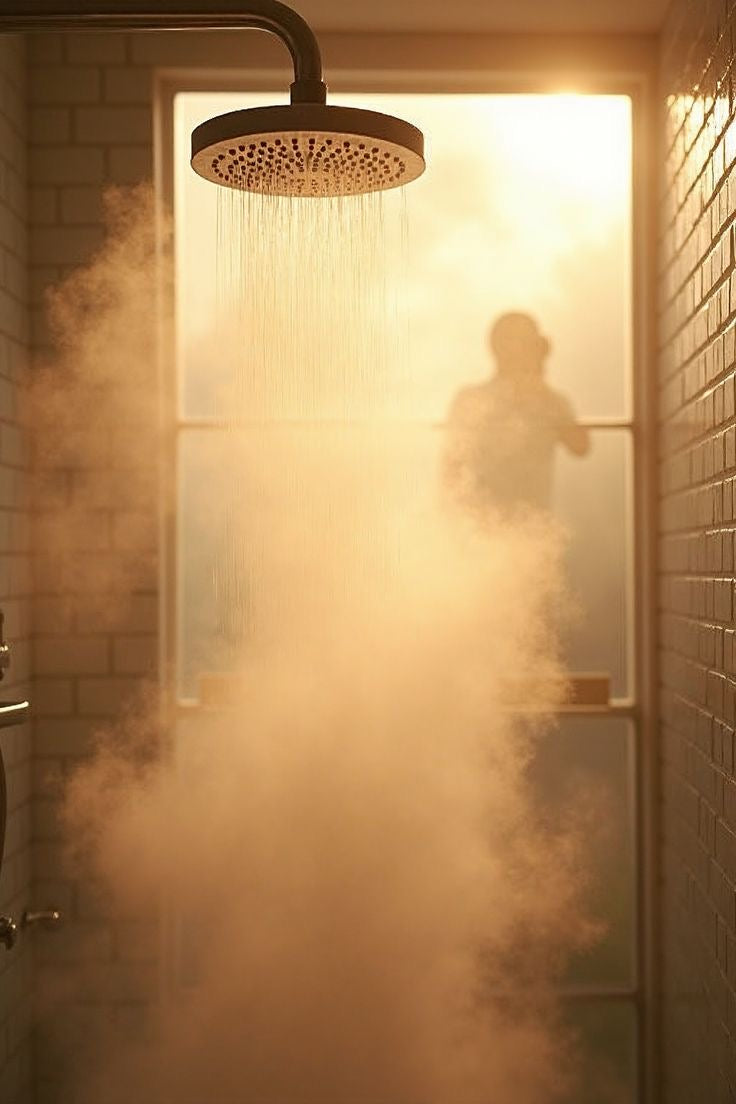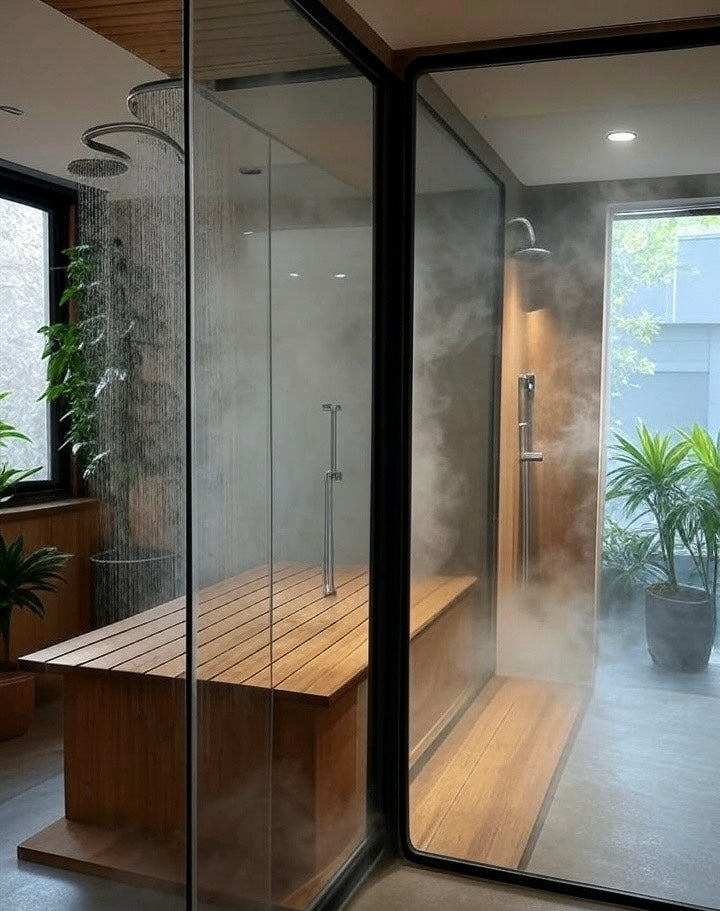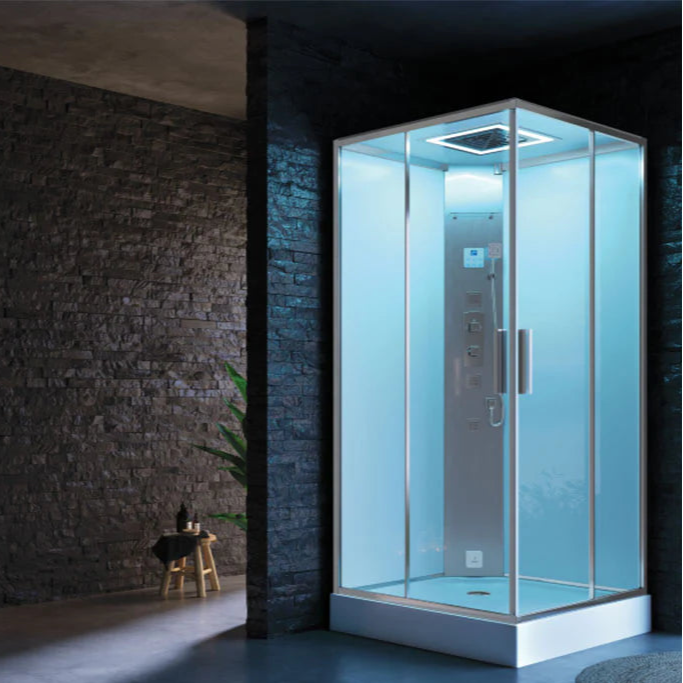Yes—they can if you’re not careful! A Cold Plunge, Ice Bath Tub, or Cold Plunge Tub feels invigorating, but prolonged or extreme cold exposure can harm nerves. Keep reading to learn how to stay safe and even use the chill for relief.
1. The Chilling Truth: How Cold Plunges Can Lead to Nerve Damage

1.1 Understanding Cold-Induced Nerve Injury
1.1.1 The Mechanism: How Extreme Cold Harms Nerves and Tissues
Cold exposure causes blood vessels to narrow sharply, reducing blood flow.
Tissues receive less oxygen and nutrients.
At extreme cold, ice crystals can form in cells.
This can injure nerve fibres and limit their function.
1.1.2 Types of Damage: Frostbite and Non-Freezing Cold Injury (e.g., Trench Foot)
Frostbite freezes skin and underlying tissues, causing permanent damage.
Non-freezing injuries like trench foot occur in wet, cold conditions above freezing.
They can lead to nerve pain, lasting hypersensitivity, and trouble with temperature regulation.
1.1.3 Symptoms of Potential Nerve Damage: Numbness, Tingling, Weakness, Pain, Dysesthesia
Look for ongoing numbness or tingling after immersion.
Weakness in affected limbs is also a warning sign.
Burning pain or abnormal sensations (dysesthesia) may appear.
Some people develop lasting cold sensitivity, even in warm environments.
1.2 Identifying Individuals at Higher Risk
1.2.1 Pre-existing Conditions (e.g., Diabetes, Peripheral Neuropathy, Raynaud's Phenomenon)
People with diabetes already have vulnerable nerves.
Peripheral neuropathy reduces feeling and can hide injuries.
Raynaud’s phenomenon triggers extreme blood vessel narrowing in the cold.
1.2.2 Factors Exacerbating Risk: Prolonged Exposure, Extremely Low Temperatures
Staying in icy water for over 5–10 minutes raises the danger.
Very low temperatures near freezing are especially risky.
Lack of proper protection for hands and feet increases nerve injury chances.
2. Navigating the Cold Safely: Preventing Nerve Damage During a Plunge
2.1 Essential Safety Guidelines and Best Practices
2.1.1 Recommended Temperatures and Strict Immersion Time Limits
Beginners should use 10–15 °C water for 30 seconds to 2 minutes.
More experienced users can try 5–10 °C, but for no more than 5 minutes.
Avoid freezing water unless supervised by professionals.
2.1.2 The Importance of Gradual Acclimation and Listening to Your Body
Ease into the practice with cool showers or warmer water.
Lower the temperature over days or weeks.
Stop immediately if you feel pain, numbness, or confusion.
2.1.3 Protecting Extremities (Hands and Feet) and Proper Rewarming Techniques
Use neoprene gloves or socks in very cold water.
Dry off completely after your plunge.
Change into warm clothes and sip a hot drink to help rewarm safely.
2.2 When to Avoid or Seek Medical Advice
2.2.1 Red Flags and Symptoms Requiring Immediate Attention
Watch out for severe or lingering numbness or tingling.
Intense pain that doesn't improve after warming is a danger sign.
Look for hard, white, or blistered skin.
2.2.2 Consulting a Healthcare Professional Before Starting Cold Plunge Therapy
Speak to your doctor if you have diabetes, neuropathy, Raynaud’s, or heart conditions.
They can guide you on safe limits or suggest alternatives.
3. The Paradox: Cold Plunges for Nerve Pain Relief and Management
3.1 Therapeutic Benefits for Nerve-Related Symptoms
3.1.1 Temporary Numbing Effect on Nerve Endings
Cold exposure can quickly reduce acute pain.
The numbing effect interrupts pain signals for short-term relief.
3.1.2 Reducing Inflammation and Swelling Around Nerves
Cold causes blood vessels to constrict, which lowers swelling.
This helps manage inflammation around injured nerves.
3.1.3 Improved Circulation Post-Immersion for Healing Support
After rewarming, blood flow improves.
This alternating cold and warmth can support healing.
3.2 Balancing Risks, Benefits, and Professional Guidance
3.2.1 Cautions for Individuals with Existing Nerve Conditions (e.g., Impaired Sensation)
Those with reduced feeling risk missing early warning signs of damage.
Always keep sessions short and supervised if you're at higher risk.
3.2.2 Integrating Cold Plunges into a Comprehensive Treatment Plan
Consider combining cold plunges with physiotherapy or other treatments.
Get professional advice to make sure it's safe and effective for you.
4. Takeaways
-
Yes, cold plunges can cause nerve damage if used carelessly.
-
Know your personal risk factors and follow best practices.
-
Cold therapy also offers pain relief when applied safely.
-
Stay aware, ease in slowly, and always listen to your body for the best experience.






